EMERGENCY CONTACT: +27 (0) 60 901 7008
The 7 Best Professional Physiotherapy Techniques for Runner’s Knee Recovery
Yad-Marpe
May 27, 2025

Knee Physiotherapy
Runner’s knee physiotherapy offers effective relief for a condition commonly known as patellofemoral pain syndrome, which affects both amateur joggers and seasoned athletes. If you’re feeling persistent pain around the kneecap, especially during activities like walking up stairs, squatting, or sitting with bent knees for long periods, you’re not alone. This condition can be frustrating, but the good news is that targeted physiotherapy can significantly ease discomfort and speed up recovery.
In this comprehensive guide, we’ll walk you through seven effective, professional physiotherapy techniques specifically geared toward rehabilitating runner’s knee. These evidence-based approaches are designed to reduce pain, restore mobility, and help you get back on track—literally.
What Is Runner’s Knee?
Runner’s knee is a broad term that describes pain at the front of the knee and around the patella (kneecap). This condition is often caused by repetitive stress, improper alignment, muscle imbalances, or overuse.
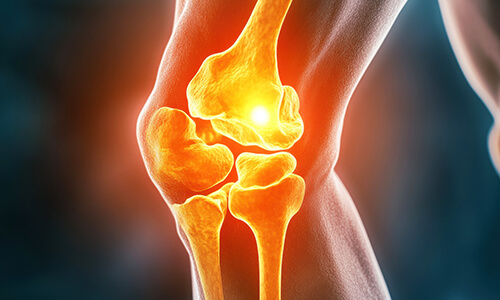
Common Symptoms Include:
- A dull, aching pain around or behind the kneecap
- Pain triggered by walking, climbing stairs, squatting, or sitting for long periods
- Cracking or popping sounds when bending or straightening the knee
Causes of Runner’s Knee
Understanding what’s behind the pain can help direct the right course of treatment.
Some of the main causes include:
- Overuse or high-impact exercise
- Weak or imbalanced thigh muscles
- Poor foot support or flat feet
- Improper running technique or posture
- Knee injuries or trauma
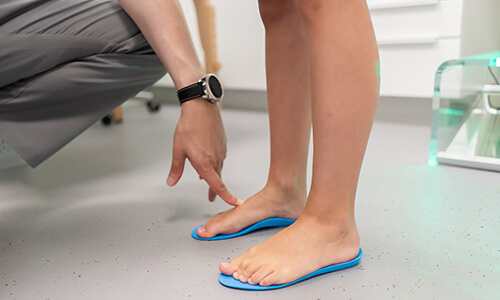
Why Choose Professional Physiotherapy?
While rest and basic home care may offer temporary relief, professional runner’s knee physiotherapy addresses the root cause. At Yad-Marpe, specialized techniques are used to treat underlying biomechanical issues, reduce inflammation, and rebuild strength and flexibility.
The 7 Best Professional Physiotherapy Techniques for Runner’s Knee Recovery
1. Dry Needling
Dry needling is a technique that uses ultra-fine needles to release trigger points in tight muscles. It can relieve pain, reduce inflammation, and improve blood flow around the affected knee area.
Benefits:
- Improves muscle function
- Decreases myofascial pain
- Accelerates healing of the knee joint

2. Kinesiology Taping
(K-Taping)
Physiotherapists use Kinesiology Tape to support the knee without limiting range of motion. This can be particularly useful in offloading pressure from the patella and surrounding tissues.
Benefits:
- Improves circulation
- Reduces swelling and bruising
- Stabilizes muscles and joints
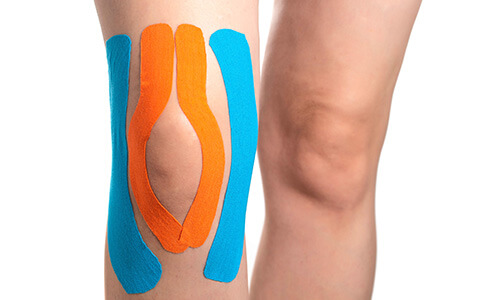
3. Manual Therapy
Hands-on techniques such as joint mobilization, massage, and soft tissue release can be highly effective for improving joint alignment and relieving tension around the knee.
Related Resource: Read more about deep tissue massage used in injury rehab.

4. Targeted Strengthening Exercises
Customized programs are key to correcting muscle imbalances. Exercises typically focus on strengthening the quadriceps, hamstrings, glutes, and core muscles.
Examples Include:
- Step-ups
- Clamshells
- Glute bridges
- Straight-leg raises
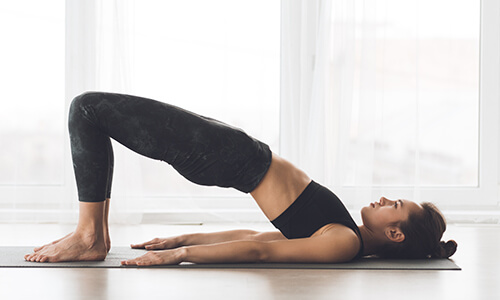
5. Hydrotherapy
Water-based rehabilitation is ideal for those experiencing severe knee pain. It offers resistance for muscle building while eliminating strain from body weight.
Advantages:
- Gentle on joints
- Improves circulation
- Facilitates pain-free movement

6. Spinal and Postural Realignment
Imbalances in the spine and hips can directly impact knee alignment. Postural correction helps redistribute weight and improve movement patterns.
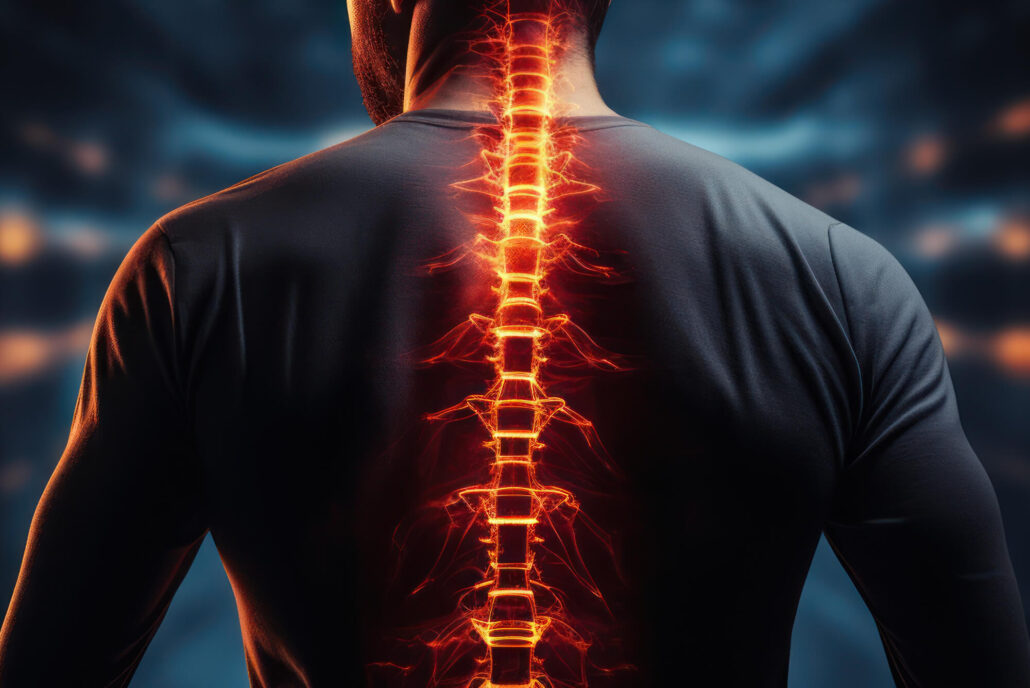
7. Education and Preventive Training
Physiotherapists provide guidance on proper footwear, warm-ups, cool-downs, and movement modifications to prevent recurrence of runner’s knee.
Yad-Marpe: Your Partner in Runner’s Knee Physiotherapy
Located in a supportive, modern setting, Yad-Marpe offers tailored treatments that combine experience, science, and compassion. Whether you’re seeking relief from chronic pain or trying to get back to your active lifestyle, our multidisciplinary team is here to help.
We also provide access to services such as:
- Pain Management Physiotherapy
- Orthopaedic Rehabilitation
- Sports Physiotherapy
- Vestibular Therapy
- Dry Needling for Pain Relief
Understanding the Rehabilitation Timeline
Recovery from runner’s knee isn’t instantaneous. The physiotherapy journey is gradual, with various milestones that patients and therapists monitor closely. Let’s break it down:
Week 1–2: Acute Phase
- Pain and inflammation management
- Use of cold therapy, rest, and gentle movements
- Initial assessment and diagnosis
Week 3–5: Restoration Phase
- Introduction of mobility and range-of-motion exercises
- Start of low-impact activities and hydrotherapy
- Incorporating manual therapy techniques
Week 6–8: Strength Building
- Progressive resistance training
- Corrective posture exercises
- Core stability and balance work
Week 9+: Return to Activity
- Guided reintroduction to sport or running
- Monitoring for pain or strain
- Functional assessments to evaluate readiness
This gradual, structured approach ensures long-term recovery and minimizes the chance of re-injury. For a deeper look at recovery support, explore our low-impact exercise guide.

